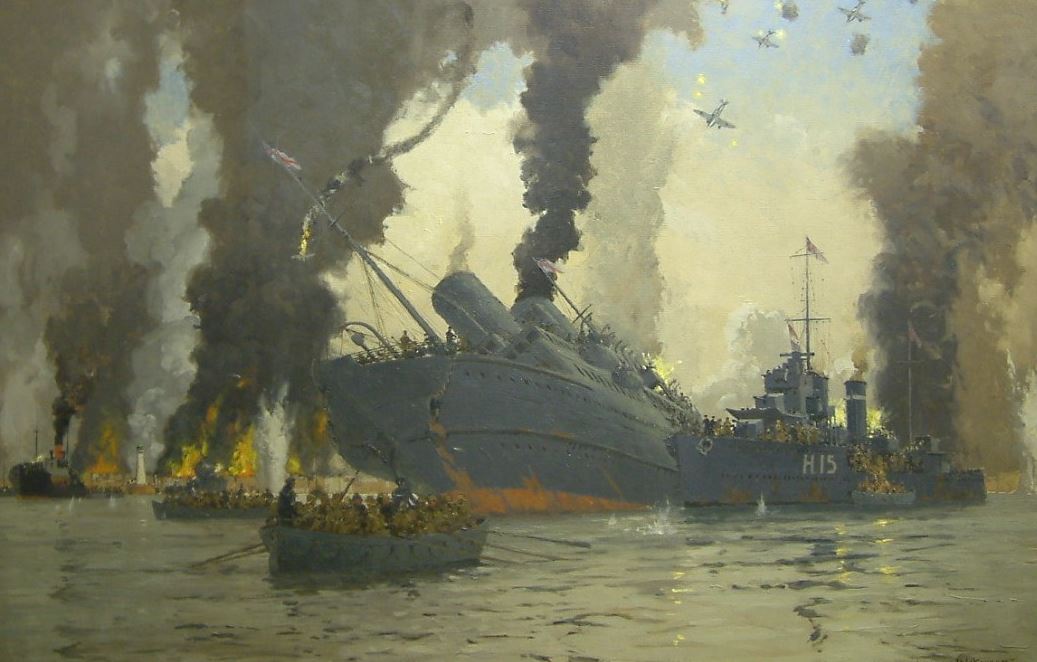So far my blog posts have concentrated on the service given by railway owned ships during the First World War, but two significant anniversaries occur this week involving events in the Second War. June 5th marks the official end of operation Dynamo – the evacuation of British and Allied troops from Dunkirk, whilst June 6th marks the first day of Operation Overlord – the invasion of Europe.

© National Railway Museum / SSPL
In 1939 a number of Railway owned ships had already been requisitioned for use as troop and hospital ships, some repeating the roles they undertook during the first world conflict. On 26th May 1940 orders were issued to requisition all vessels suitable for the evacuation of troops from France.
Naturally of the Big Four railway companies contributed ships but the greatest burden fell on the Southern Railways. All their vessels (not including those already requisitioned) exceeding 1000 ton displacement – everything from cross channel steamers to Isle of Wight car ferries – were to be put to use.
The GWR, who also operated from south coast ports, provided vessels from their Channel Island fleet, whilst the LMS and LNER each contributed four vessels. They were joined by four former railway vessels which had been sold out of the railway fleets prior to the outbreak of war.
In all a total of 40 (previously unrequisitioned) railway owned vessels were made available for the evacuation, seven of which were sunk or damaged beyond recovery whilst a further four were withdrawn due to damage sustained.
Many of the ships taken up for Dynamo remained in military service and some were to be found off the coast of France in 1944 mostly serving as Troopships and Hospital Carriers. Again casualties appear to be light of the 27 railway owned vessels present between 6th June and August 1944, four were sunk and further two were damaged by mines.
Railway owned vessels were to see action throughout the Second World War just as they had during the previous conflict, they served in similar roles, transporting troops, treating the wounded, minesweeping and hauling supplies working both in home waters and in foreign seas.